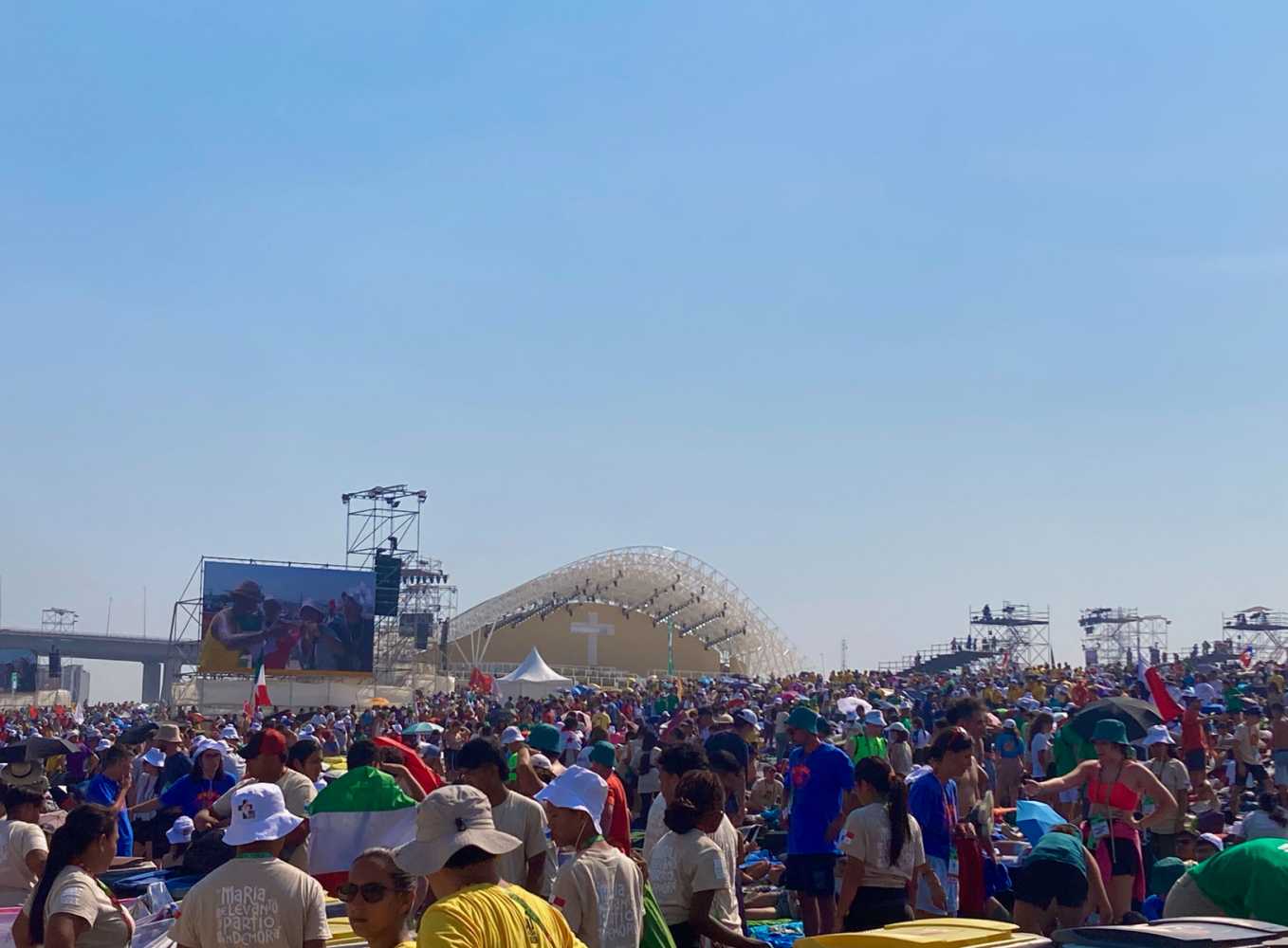World Youth Day celebrates with Newton
- Details

Ensuring live audio coverage to a gathering of such magnitude isn't a small technical achievement, in terms of event technology, over an area of 3-by-1km, pilgrims prayed and sang and danced at the sound of 109 PA towers hosting a total of 1,100 loudspeaker systems driven by 327 amplifiers, whose signal reached through 103km of optical fibre, across 300 network switches.
In order to safeguard the signal being matrixed and transported to this plethora of audio systems, two Outline Newton FPGA-based signal processors had been specifically custom-modified by their very Italian manufacturer, in order to fit the physics of the event.
Rafael Pereira was appointed with the responsibility of audio systems by Portuguese company Pixel Light Audiovisuals Lda, which served the event with rental support from companies Clair Global, Faber AV and AED Events on production level:
"You can only plan and run such a critical event project with the tools that you really know in depth, tools that have proved to deserve your full trust and confidence. We implemented Outline Newtons in our workflow at Pixel Light already in 2019, and never looked back, thanks to its unrivalled flexibility with signals' matrix, routing, and EQ-ing.”
When asked about the peculiarities of such a project, Pereira offers: "The area is huge, the calculations I carried out returned a clear and simple indication: it needed nine feeds spaced at pre-arranged delay intervals, across a range of zero to eight seconds, each of them injected into a Dante channel, then fed to towers via Neutrik end-nodes".
Pereira continues: "I ran a test setup as proof of concept using standard Newton units - in terms of physics the design worked, it passed muster, while on the side it showed that you can reach eight-second delays with links and hops across different channels and different devices, too.”











